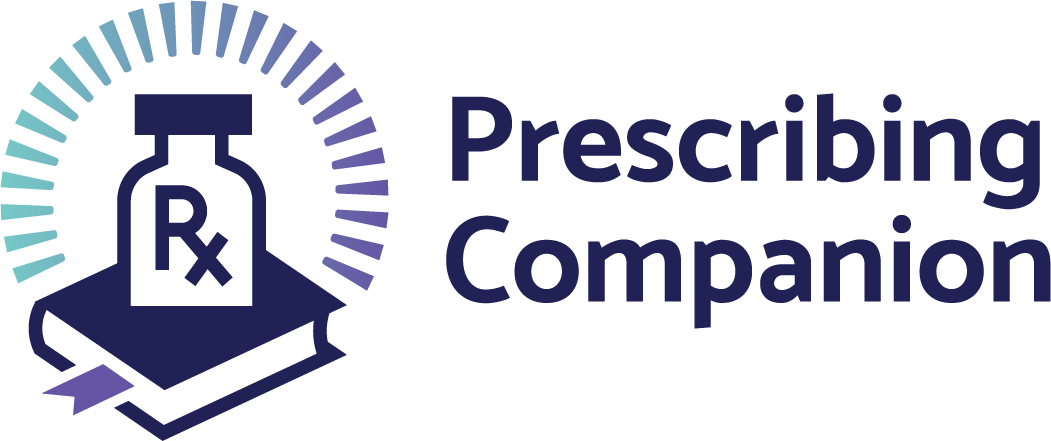Anthrax
exp date isn't null, but text field is
Description
This is a highly infectious disease of animals caused by Bacillus anthracis, transmitted to man by contact with the animal or animal products (carcasses) or faeces. It is a notifiable disease. It is classified as cutaneous, pulmonary or inhalational or gastrointestinal. Farmers, animal product industry, laboratory personnel are at high risk of infection
Signs and Symptoms
The incubation period varies from 12 hours to 5 days
The cutaneous form:
- Painless (but may be pruritic) red-brown papule that enlarges with considerable peripheral erythema, vesiculation, and induration. Central ulceration follows, with serosanguineous exudation and formation of a black eschar.
- Local lymphadenopathy
- Fever
- Malaise
- Nausea and vomiting
- Myalgia
- Headache
Pulmonary (Inhalation) Anthrax:
- Progresses rapidly after non-productive cough and low-grade fever
- Pulmonary oedema
- Pleural effusion
- Severe shortness of breath
- Cyanosis
- Chest pain
- Septic shock
Investigations
- Microscopy and culture of swabs from cutaneous lesions or sputum
- Blood culture
- Lumbar puncture if anthrax meningitis is suspected
- Serological tests (ELISA)
- PCR
- Chest x-ray/CT scan of chest may show diffuse patchy infiltration; the mediastinum is widened because of enlarged haemorrhagic lymph nodes.
Treatment
Treatment of Anthrax
|
Non-pregnant adult |
Pregnant/lactating woman |
Children |
|
Ciprofloxacin 500mg 12 hourly |
Ciprofloxacin 500mg 12 hourly |
Ciprofloxacin 30 mg/kg/day divided 12 hourly (max 500mg /dose) |
|
Doxycycline 100mg every 12 hours |
|
Amoxicillin 75mg/kg/day every 8 hours (max 1 g/dose) |
|
Levofloxacin 750 mg every 12 hours |
|
|
|
Moxifloxacin 400 mg every 24 hours |
|
|
|
ALTERNATIVE |
||
|
Clindamycin 600 mg every 8 hours |
Levofloxacin 750 mg every 12 hours |
Clindamycin 30mg/kg/day divided every 8 hrs (max 600mg/dose) |
|
|
|
Levofloxacin<50kg:16 mg/kg/day divided 12 hrs (max dose, 250mg/dose) |
- Prevention
- Vaccination for those at high risk (veterinarians, laboratory technicians, butchers and employees of textile mills processing goat hair)
- Use of personal protective equipment, gloves, overalls, and boots
- Post exposure prophylaxis
- Given to those with risk of inhalation of anthrax spores during the burning of infected carcasses
- The evaluation of these cases should be in consultant with the Public health specialist and infectious disease physicians
The Regimens for the prophylaxis should be:
Anthrax Post-Exposure Prophylaxis
|
Drug name and dosage |
Duration |
|
Doxycycline 100 mg twice daily |
4 weeks post exposure |
|
Ciprofloxacin 500 mg twice daily |
For cutaneous exposure, the prophylaxis can be administered for a period of 7 days
Referral Criteria
Disseminated or meningitis anthrax should be referred for specialist treatment
